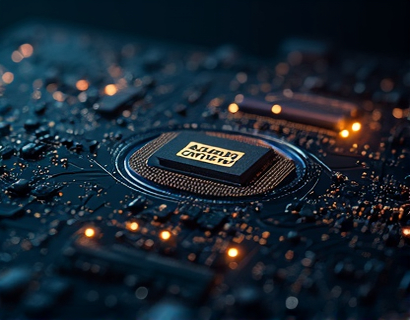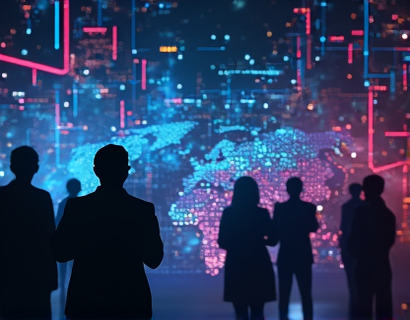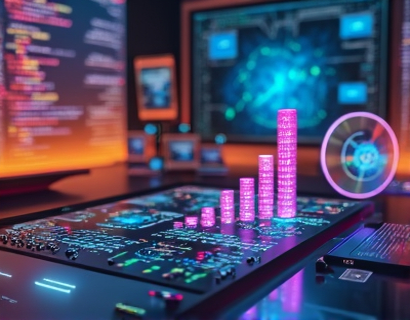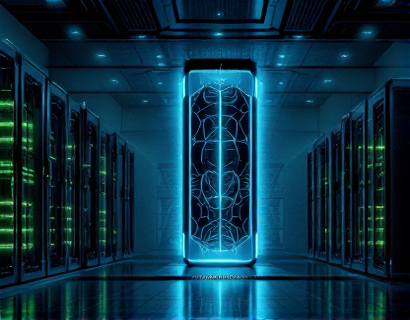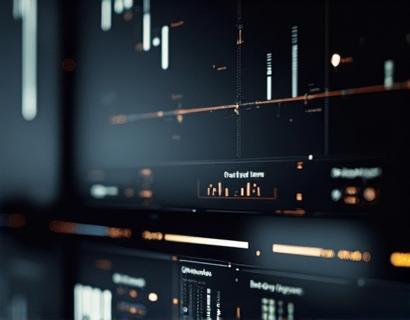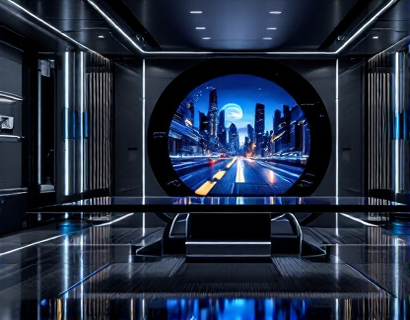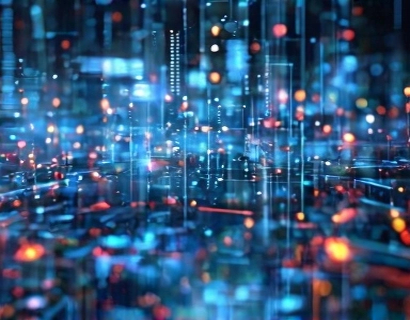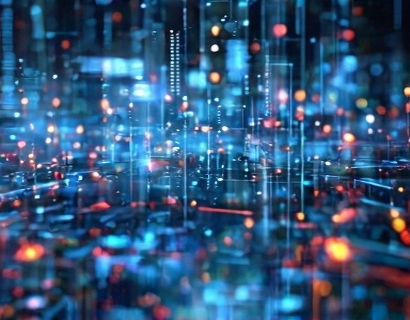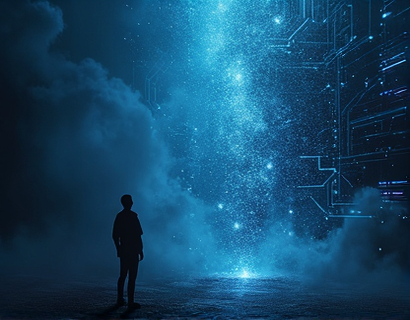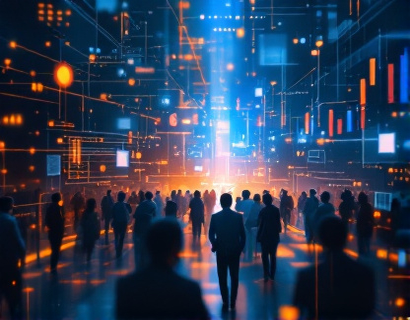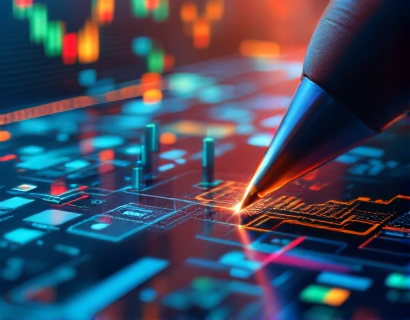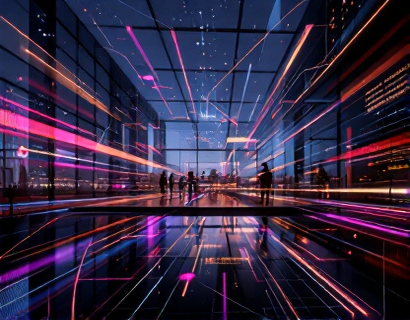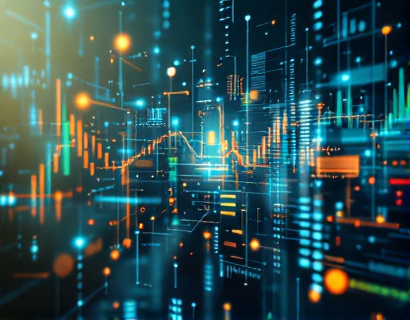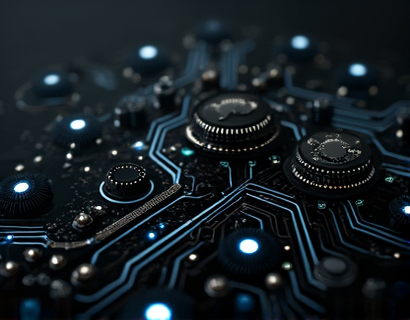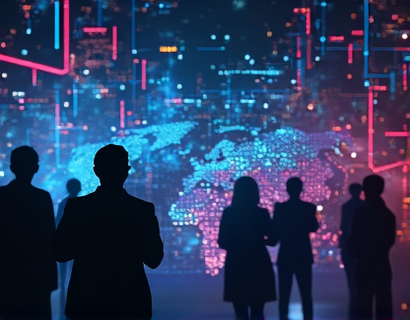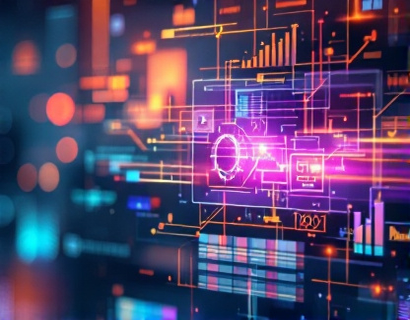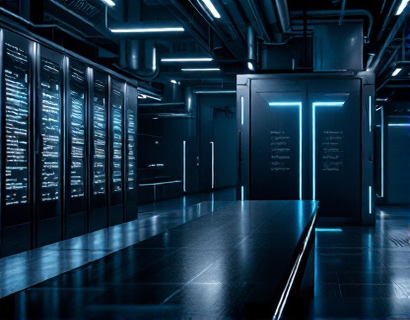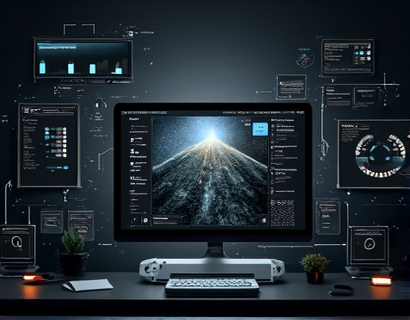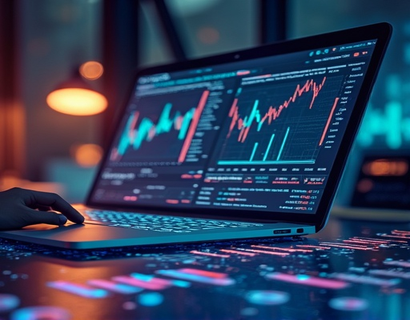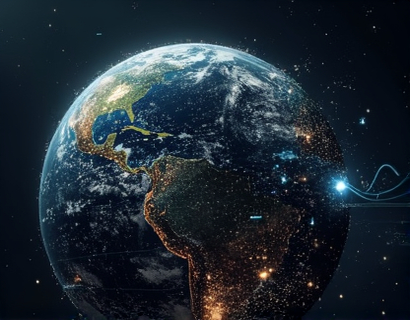Decentralized Transformation: Harnessing AI and Crypto for Next-Gen Digital Solutions
The digital landscape is undergoing a profound transformation, driven by the convergence of artificial intelligence (AI) and cryptocurrency technologies. This shift is not merely an evolution but a revolution, reshaping how we interact with digital solutions and redefining the boundaries of what is possible in the decentralized ecosystem. This article delves into the intricate ways AI and crypto are merging to create innovative, robust, and user-centric digital services, focusing on the broader implications for the future of technology and society.
The Intersection of AI and Cryptocurrency
The integration of AI and cryptocurrency is a synergistic relationship that leverages the strengths of both technologies. AI, with its ability to process vast amounts of data, learn from patterns, and make intelligent decisions, complements the decentralized and secure nature of blockchain technology. This combination opens up new avenues for developing applications that are not only more efficient and secure but also capable of adapting to user needs in real-time.
One of the primary areas where AI and crypto intersect is in the development of decentralized applications (dApps). These applications run on blockchain networks, ensuring transparency, security, and user control. AI enhances dApps by providing advanced functionalities such as predictive analytics, personalized user experiences, and automated decision-making. For instance, AI-driven chatbots on dApps can offer 24/7 customer support, handling queries and transactions with minimal human intervention.
Enhancing Security through AI and Crypto
Security is a paramount concern in the digital world, and the combination of AI and crypto offers robust solutions. Traditional security measures often rely on centralized systems, which can be vulnerable to breaches and hacks. Decentralized systems, on the other hand, distribute data across a network, making it harder for malicious actors to compromise the entire system. AI can further bolster security by detecting and mitigating threats in real-time.
Machine learning algorithms can analyze patterns in network traffic to identify anomalies that may indicate a security breach. These algorithms can automatically trigger countermeasures, such as isolating affected nodes or updating security protocols. Additionally, AI can enhance the cryptographic processes used in blockchain, creating more complex and secure encryption methods. This dual approach ensures that data remains protected and transactions are verified with high accuracy.
Decentralized Innovation: Unleashing Potential
The decentralized ecosystem, powered by AI and crypto, is a fertile ground for innovation. One of the most exciting developments is the emergence of decentralized finance (DeFi) platforms. These platforms offer financial services such as lending, borrowing, and trading without intermediaries like banks or brokers. AI algorithms can optimize these services by analyzing market trends, predicting price movements, and automating trades to maximize returns for users.
Another area of innovation is in the realm of supply chain management. Decentralized systems can provide transparent and immutable records of transactions, ensuring that products are authentic and ethically sourced. AI can enhance this by predicting demand, optimizing inventory levels, and streamlining logistics. For example, smart contracts on blockchain can automatically execute payments when certain conditions are met, reducing delays and increasing efficiency.
User-Centric Design in Decentralized Applications
The success of decentralized applications hinges on their ability to provide a seamless and intuitive user experience. AI plays a crucial role in achieving this by enabling personalized interactions and adaptive interfaces. AI-driven analytics can gather insights into user behavior, preferences, and pain points, allowing developers to refine and enhance the user experience continuously.
For instance, AI can power recommendation systems that suggest relevant services or content based on a user's past interactions. This not only improves user satisfaction but also increases engagement and retention. Moreover, natural language processing (NLP) technologies, a subset of AI, can facilitate more natural and efficient communication between users and dApps, making the interface more accessible and user-friendly.
Challenges and Considerations
While the potential of AI and crypto in decentralized applications is immense, there are several challenges that need to be addressed. One of the primary concerns is scalability. Blockchain networks, particularly those using proof-of-work consensus mechanisms, can struggle with high transaction volumes, leading to slow processing times and high fees. AI can help mitigate this by optimizing network protocols and developing more efficient consensus mechanisms.
Another challenge is regulatory uncertainty. The decentralized nature of these technologies often falls into a gray area of existing laws and regulations. Stakeholders must work closely with policymakers to create frameworks that foster innovation while ensuring consumer protection and financial stability. AI can assist in this process by analyzing regulatory texts and predicting the impact of proposed changes.
Future Prospects: The Ucosystem of AI and Crypto
The future of the digital landscape is increasingly shaped by the Ucosystem, a term that encompasses the interconnected network of AI, crypto, and decentralized technologies. This ecosystem has the potential to revolutionize various industries, from healthcare and finance to education and governance. By harnessing the power of AI and crypto, we can create more resilient, transparent, and user-centric digital solutions.
Looking ahead, the integration of AI and crypto will likely lead to the development of new paradigms in computing and data management. For example, AI-driven decentralized data markets can enable users to monetize their data while maintaining control and privacy. Blockchain-based identity verification systems can provide secure and portable digital identities, simplifying authentication processes across different platforms.
The Ucosystem is not just a technological advancement but a societal shift towards a more decentralized and equitable digital world. As more individuals and organizations embrace these technologies, we can expect to see a democratization of power and resources, breaking down barriers and opening up new opportunities for innovation and growth.
In conclusion, the convergence of AI and crypto is paving the way for a new era of digital transformation. By leveraging the strengths of both technologies, we can build a more secure, efficient, and user-friendly decentralized ecosystem. The journey ahead is exciting, and the potential for positive change is vast. Embracing this transformation is essential for anyone interested in the future of technology and its impact on society.



